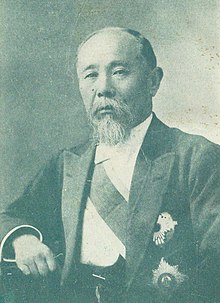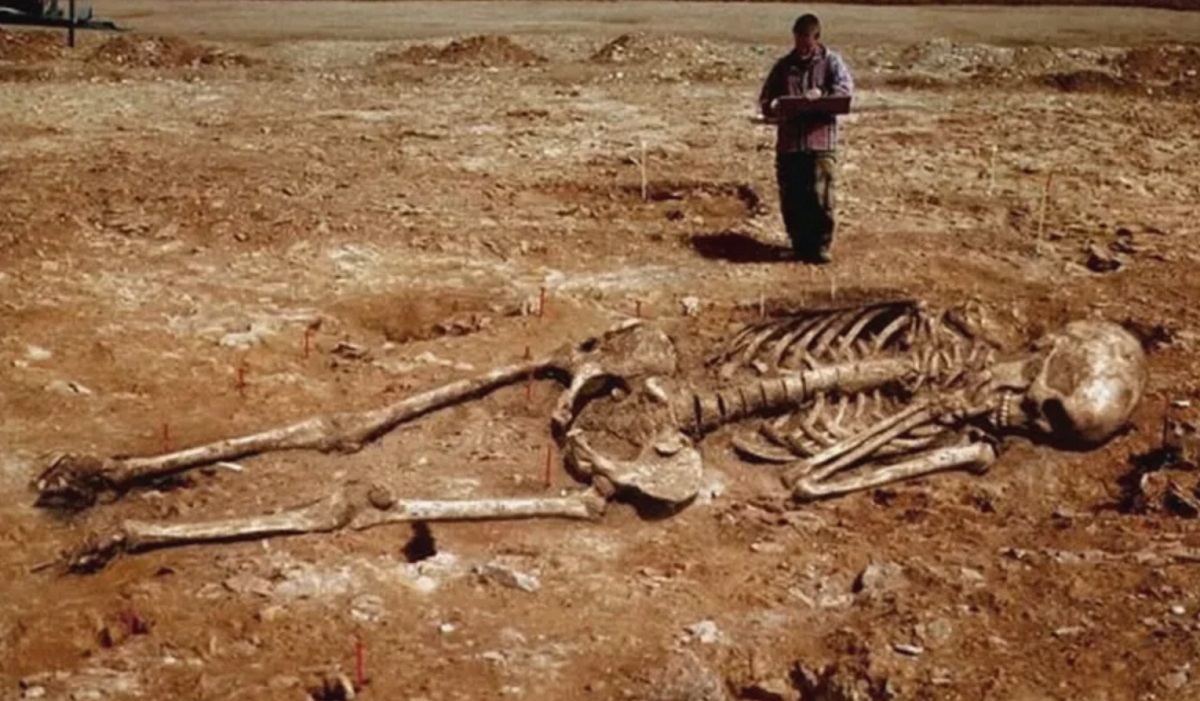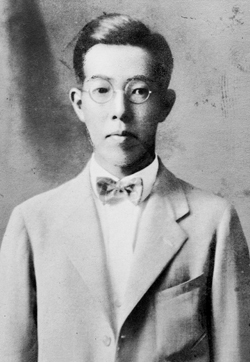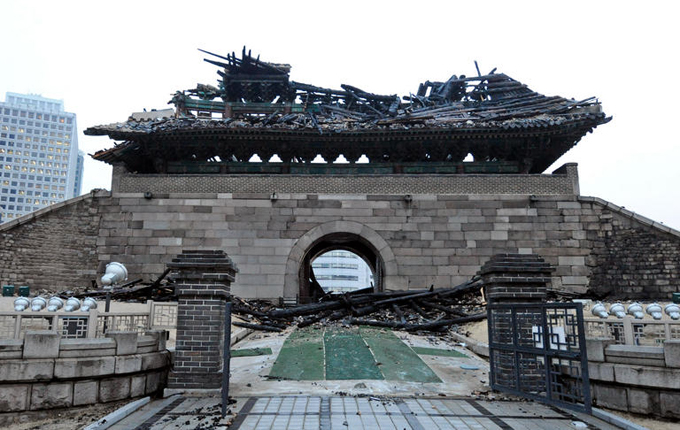National Diet Building, Tokyo, Empire of Japan.
The Empire of Japan is a parliamentary democracy, though it has been argued that true democracy did not kick in until the 1970s. Prior to this, effective power lay in the hands of the
genro, noteworthy statesmen (and leaders in business) who officially advised the Emperor but unofficially exerted a great deal of power. The
genro, though beginning with members of the Imperial Council, is chiefly associated today with the 'New
Genro', of whom Onimaru Kenzo is the most well-known but also included such luminaries as General Kusanagi Hideki, Inoue Yoshida, head of Inoue Industries, Harada Daisuke, and other 'new men'. Indeed, the 'new' nature of these men and their comparatively obscure origins have led to certain outlandish speculations among conspiracy theorists as to their 'true' origins, though these theories are largely unknown to the populace at large and where they do emerge are treated with rightful scorn.
The 'New
Genro' are chiefly associated with an emphasis on robust defence, industrial and economic development, and promoting Japanese soft-power projection via economic ties and development aid, alliance treaties, providing academic scholarships and education to young people from elsewhere in Asia, and other similar means. They are also - despite conservative attitudes on the Emperor, defence and the like - known for having slowly but definitively encouraged a more socially liberal model for Japan, including greater employment opportunities for women (including opportunities for women to continue working even after marriage and children), the beginnings of greater rights for the LGBT community, and similar slow but steady legislation. They were also keen from an early stage to ensure a 'balanced' working culture in Japan, something that may be seen today in the 'humane working hours' of most Japanese businesses.

Changchun, capital of the Fengtien Empire. Since the end of the Russo-Japanese War, the Japanese government had developed a large economic presence in Manchuria, ultimately working to court and win over the Warlord of Manchuria, Zhang Zuolin, and his Fengtien Clique. Historians have suggested that the Japanese government had reached out to Zhang from quite an early date, and that the discovery of oil in Manchuria - coupled with the joint development of technology capable of extracting it by the Japanese government and private partners in Britain - would lead to Zhang becoming a Japanese ally in all but name. The oil fields would lead to Manchuria becoming a prime target for the expansion of the restored Russian Empire, and would be the scene of some of the bloodiest battles of the Second Russo-Japanese War...as well as seeing Zhang Zuolin's death. His son Zhang Xueliang would take up political power in Manchuria, and would formally declare independence from China in 1946. This year would also see the declaration of the Empire, with Zhang - apparently under advisement from the Japanese government - inviting the last male descendant of Aisin-Gioro to take up the throne as a means of cementing the legitimacy of his regime. The new Empire would join the Pan-Asian Alliance as a founder-member along with the Empire of Korea, the Far Eastern Republic and the Republic of the Philippines, joined by Indochina, Thailand and Indonesia in the 1950s.

Aisin Goro Xianyu aka Onimaru Hanoko (1907-1980), Manchu Princess, Japanese intelligence agent and military leader of forces in Manchuria during the Second Russo-Japanese War. Following the collapse of the Aisin Gioro dynasty within China, Japanese intelligence managed to remove her from China, where she was adopted by Onimaru Kenzo. She would receive an...unusual education, one that her intimates would characterise as ahead of its time. As an adult, she lived a bohemian (and openly bisexual) existence in Tokyo, as well as travelling to a number of areas around China - the bohemianism, though something she undoubtedly enjoyed, worked as an effective cover for her espionage activities. During the Second Russo-Japanese War, she returned to Manchuria, forming an irregular - and, to the scandal of many, mixed - force that took part in guerrilla fighting behind the Russian lines, sabotaging a large number of forward air bases, munitions dumps and the like. Her efforts were heavily promoted by Japanese propagandists in Japan and Manchuria, leading to a regrowth of affection or at least tolerance for the Aisin Gioro dynasty, something that she would leverage to help get her kin back on the throne. Post-war, she would become involved in running the new Empire's intelligence services, as well as becoming involved with an ethnic Russian writer (who some claimed was a Russian noblewoman, possibly even related to the long-defunct Romanov dynasty), the two remaining (comparatively) discreetly together until Xianyu's death in 1980. While a supporter of Japan, she used her position and influence to try to ensure that Fengtien remained a partner rather than a subordinate of Japan.
Towards the end of her life, Xianyu made a number of increasingly cryptic remarks to intimates, including that Onimaru Kenzo had 'revealed a great truth' to her, and had 'saved her life', but never revealing what that truth was...save that she had 'stolen over thirty extra years'.
Both in and after her lifetime, Aisin Gioro Xianyu was a major figure of female empowerment across Asia, as well as being adopted by LGBT groups in Japan and elsewhere as an icon.
Prefectural Government Building, Toyohara, Karafuto Prefecture. The island was taken from Russia during the First Russo-Japanese War, with settlement post-war being heavily encouraged. During the Second Russo-Japanese War, it was the scene of a number of major air battles with Russian bombers - which included one of the more (at the time) controversial measures taken by the Japanese government at the time. On the orders of the
genro, a force had been created called the Imperial Japanese Air Force Auxiliary, a 'ferry service' whereby female pilots transferred aircraft from the factories to squadrons. Similar measures were taken place in Europe and America, but unlike these nations, the IJAFA planes were armed. In addition, female pilots who were noted as exceptional in training were transferred to the 'Tomoe Gozen Wing', a force stationed in Karafuto for the duration of the war. Strictly defensive in nature, these women were enjoined to defend Karafuto's airspace against Russian incursions, allowing male pilots to be freed up for offensive operations in Manchuria. Though extremely controversial with many more traditional Japanese men, the women in question had an impressive - and courageous - combat record, ultimately laying the foundation for the admission of women into the wider Air Force post-war (though this would not happen in the Army and Navy until the 1970s).
Karafuto today is heavily developed, first from oil development and then from diversification that took place in the run-up to green technology development.









